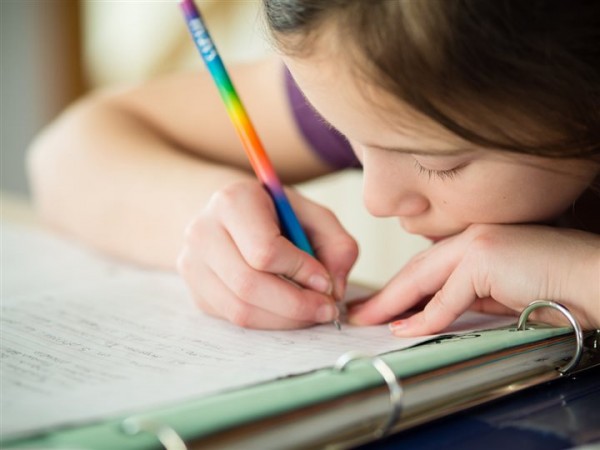 Beating the stress of back to school: what you can do to help your anxious student
Beating the stress of back to school: what you can do to help your anxious student
(BPT) – Do you or your child have the back-to-school blues? If so, you’re not the only ones. Saying goodbye to slower summer days can be difficult. For almost three months, you have felt free from the structure of the classroom and the accompanying homework. When the upcoming school year rolls around, it’s common to feel some sadness. For children who suffer from anxiety, this stress may be harder to handle, and it may stem from more than just pop quizzes and earlier bedtimes.
These children need extra attention as the new school year draws near. The best thing you can do to prepare your child is to give the gift of your time and attention. Instead of dwelling on things like tests and homework, talk about how to make the transition into the exciting new school year the best it can be.
Lauren Zimet, director of the Early Insights Healthy Foundations Program, is a mother herself and has pinpointed the top four back-to-school tips and tricks to make the transition easier. These tips will help to reduce the stress and tension felt by you and your child, not only for the first weeks of school (the hardest time to adjust) but throughout the year as well.
1. Connected communication. Engage in a conversation with your child and ask what he or she is excited and concerned about for the upcoming school year. Give your child the freedom to speak openly and avoid asking too many questions at once. You’ll know you are connecting when he starts volunteering information. When you listen to your child, and he can see the genuine interest and attention in your eyes and through your body language, he will feel more comfortable discussing the upcoming year.
2. Creative calendars. Planning ahead makes adults feel prepared, which is a huge de-stressor. The same goes for your child. Younger children only need a day or two to look forward to their big day. Older children may benefit from discussing the year weeks before the first day, especially if those conversations include working on things like organization, planning, prioritizing, and sequencing (those important executive functions of the brain).
3. Visualize the goal. Get specific and help your child visualize the first day of school. Have your child tell you or draw out the sequence of the day, from waking up in the morning, to dressing in an outfit chosen the night before, to what she’ll be enjoying as her brain-boosting energy breakfast. The more your child can visualize her routine(s), the more she will be at ease when the big day finally arrives.
4. Load up on brain food. Breakfast is coined “the most important meal of the day,” and rightly so! Food is the fuel for the brain and body, and the quality of the fuel matters. Whatever you choose to give your body and brain each morning will enable you to do a certain level of thinking. American breakfasts are often unbalanced, heavily favoring carbs, which are only a tiny part of the good-breakfast equation. Encourage your child to pick a protein each morning, as well as fruit, veggie, and healthy fat and carb options. From there, complement his or her diet with an omega-3 fatty acid supplement from a reputable fish oil company like Nordic Naturals. Omega-3 fatty acids have been found to help soothe anxious brains as well as support the entire nervous system, so don’t miss out on this simple improvement opportunity. Research on omega-3 fatty acids can be found at www.omega-research.com.
The new school year is on its way and while this time of year may cause some children to feel anxious, there are things you can do to help. Employ any of the suggestions above to help your child start feeling more excited about the new school year with each passing day.

